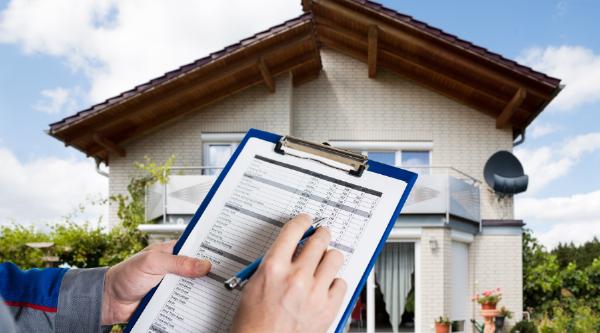Emerging Trends in Sustainable Real Estate Development

Strong 8k brings an ultra-HD IPTV experience to your living room and your pocket.
In the ever-evolving world of real estate, staying ahead of emerging trends is crucial. Recent Wake County real estate updates highlight a growing shift towards sustainability in property development. This shift isn't just a passing trend; it's becoming a foundational aspect of how new buildings are conceived and constructed. But what does sustainable real estate development really entail? Let's dive into the key trends shaping this space.
1. Energy-Efficient Building Practices
Energy efficiency is at the heart of sustainable real estate. Builders are increasingly incorporating high-performance insulation, energy-efficient windows, and advanced HVAC systems. These practices help reduce the carbon footprint of buildings and lower energy bills for occupants. Solar panels and other renewable energy sources are also becoming more common, allowing properties to generate their own electricity.
2. Green Building Certifications
Certifications such as LEED (Leadership in Energy and Environmental Design) and BREEAM (Building Research Establishment Environmental Assessment Method) are becoming standard benchmarks for sustainable real estate. These certifications require buildings to meet rigorous environmental and performance standards. Developers are now pursuing these certifications to not only enhance their property values but also to attract environmentally conscious buyers and tenants.
3. Use of Sustainable Materials
The choice of materials plays a significant role in the sustainability of real estate. There’s a growing preference for recycled, reclaimed, and sustainably sourced materials. Bamboo flooring, recycled steel, and low-VOC paints are just a few examples of how developers are incorporating eco-friendly materials into their projects. These materials not only minimize environmental impact but also contribute to healthier indoor air quality.
4. Smart Technology Integration
Smart home technology is more than just a convenience; it's a critical component of sustainable real estate. From smart thermostats and lighting systems to advanced water management solutions, these technologies help reduce energy consumption and enhance overall efficiency. As technology continues to advance, we can expect even more innovative solutions to emerge, further promoting sustainable living.
5. Urban Green Spaces and Sustainable Landscaping
Incorporating green spaces into urban environments is becoming increasingly important. Sustainable landscaping practices, such as xeriscaping (using drought-tolerant plants) and creating green roofs, help mitigate the heat island effect and promote biodiversity. These features not only enhance the aesthetic appeal of properties but also contribute to the well-being of residents and the environment.
6. Resilience and Adaptability
Sustainable real estate development also focuses on resilience and adaptability. This includes designing buildings that can withstand extreme weather events and adapt to changing environmental conditions. Developers are incorporating features like flood-resistant materials, elevated structures, and flexible design elements to ensure that properties remain functional and safe in the face of climate change.
Conclusion
As we navigate the future of real estate, these emerging trends in sustainable development are reshaping the industry. From energy-efficient practices to smart technology integration, the focus is on creating buildings that are not only eco-friendly but also resilient and adaptable. For anyone involved in the real estate market, staying informed about these trends is essential for making smart, forward-thinking investments.
FAQs
What are the benefits of energy-efficient building practices?
Energy-efficient building practices lower utility costs, reduce environmental impact, and improve comfort.
How can I find out if a building has green certifications?
Look for certifications like LEED or BREEAM, which indicate that a building meets established environmental standards.
What are some examples of sustainable materials used in real estate?
Examples include bamboo flooring, recycled steel, and low-VOC paints.
How does smart technology contribute to sustainable real estate?
Smart technology helps manage energy use, reduce waste, and improve overall efficiency in homes and buildings.
Why is urban green space important in real estate development?
Green spaces enhance property value, improve residents' quality of life, and contribute to environmental sustainability.
Note: IndiBlogHub features both user-submitted and editorial content. We do not verify third-party contributions. Read our Disclaimer and Privacy Policyfor details.


